Manager of Overseas AI Group & Lead Researcher of Computer Vision
R&D Department, Chowagiken Corp., Japan
Duration: 01 May 2023 to now

PhD, Embedded System Lab, University of Ulsan, South Korea
M.Sc., University of Boras, Sweden
B.Sc. (Hons), University of Rajshahi, Bangladesh
Senior member, IEEE
Dr. Md. Rashedul Islam received a B.Sc. degree in computer science and engineering from the University Rajshahi, Rajshahi, Bangladesh, in 2006, an M.Sc. degree in informatics from the Högskolan i Borås (University of Boras), Boras, Sweden, in 2011, and a Ph.D. degree in electrical, electronic, and computer engineering at the University of Ulsan, Ulsan, South Korea, in 2016. He is currently working as a Lead Researcher of Computer Vision and Manager of Overseas AI Group, Chowagiken Corp., Japan. Previous, he worked as a Senior Engineer, R&D department, Nikon-Exvision Corporation, Tokyo, Japan; Visiting researcher (postdoc) in the School of Computer Science and Engineering, University of Aizu, Japan; Associate Professor in the Department of Computer Science and Engineering, University of Asia Pacific (UAP), Dhaka, Bangladesh; Graduate research assistant in the Embedded system lab, University of Ulsan, South Korea; Assistant professor in the Department of Computer Science and Engineering, University of Asia Pacific (UAP), Dhaka, Bangladesh; and Lecturer in the Department of Computer Science and Engineering, Leading University, Sylhet, Bangladesh. His research areas are Computer Vision, Machine learning, deep learning, AI, Signal & Image processing, HCI, health informatics, Bearing fault diagnosis, and others. He is a reviewer of several journals, like, IEEE Transactions on industrial electronics, IEEE Access, Applied Science, Multimedia tools and application, Cluster Computing, Shock and Vibration, Journal of Information Processing Systems, and others. He is also a PC member of several international conferences. Also, he has a good experience in professional IT system analysis and development. He is a Senior member of the IEEE Computer Society and IEEE Computational Intelligence Society.
He has also served as: a) Secretary, organizing committee, 19th International Conference on Computer and Information Technology 2017 (ICCIT2017), b) Organizing Chair, Organizing committee, ACM-ICPC Dhaka Regional Site 2017, c) Head, Self-Assessment Committee (SAC) of Dept. of CSE Under IQAC, University of ASIA PACIFIC, d) Coordinator, MCSE Program, Dept. of CSE, University of ASIA PACIFIC, e) Convener of Software and Hardware Club, Dept. of CSE, University of ASIA PACIFIC. f) Coordinator, Admission Committee, Dept. of CSE, University of ASIA PACIFIC, g) Treasurer, Bangladesh Advanced Computing Society.
Ph.D. in Computer Engineering
Embedded System Lab, Department of Electrical, Electronics and Computer Engineering,
University of Ulsan, Ulsan, South Korea
Thesis: Discriminant Fault Feature Selection and Reliable Online Bearing Fault Diagnosis System using Signal Processing and Machine Learning Techniques
M.Sc. in Informatics
University of Borås (Högskolan i Borås), Sweden.
Thesis: Evaluations of the parallel extensions in .NET 4.0
B.Sc. in Computer Science and Engineering
Department of Computer Science and Engineering,
University of Rajshahi, Bangladesh
Thesis: Speaker Identification System Using Eigenface Classification Engine
Area: Speech Signal Processing
Higher secondary certificate
Major in Science, Govt. A. H. College, Bogra under Rajshahi board, Bangladesh.
Secondary school certificate
Major in Science, Gabtali Pilot high school, Bogra, under Rajshahi board, Bangladesh.
R&D Department, Chowagiken Corp., Japan
Duration: 01 May 2023 to now
Nikon-Exvision Corporation, Tokyo, Japan
Duration: 01 January 2020 to 30 April 2023
School of Computer Science & Engineering, University of Aizu, Fukushima, Japan
Duration: 01 April 2018 to December 2019
Dept. of Computer Science & Engineering, University of Asia Pacific, Dhaka, Bangladesh
Duration: 16-10-2016 to 30-03-2018
Dept. of Computer Science & Engineering, University of Asia Pacific, Dhaka, Bangladesh
Duration: 09-10-2011 to 15-10-2016
Embedded System Lab, University of Ulsan, South Korea. (http://eucs.ulsan.ac.kr)
Duration: 01-09-2013 to 22-08-2016
Dept. of Computer Science & Engineering, Leading University, Sylhet, Bangladesh
Duration: 17-09-2009 to 01-10-2011
Dept. of Computer Science & Engineering, Leading University, Sylhet, Bangladesh
Duration: 17-09-2007 to 16-09-2009
Orbit Itech Ltd., Birminghum, UK
Duration: 01-Feb-2016 to till date
Arrowsoft, Sylhet, Bangladesh
Duration: Jan 2011 to June 2012
Firm: Orbit Solutions Ltd (Complete IT Solution Firm)
Niloy-60(2nd Floor), Dorga gate, Sylhet.
Duration: 01-03-2007 To 15-09-2007
Firm: Orbit Solutions Ltd (Complete IT Solution Firm),
Niloy-60(2nd Floor), Dorga gate, Sylhet.
Duration: 01-09-2006 To 28-02-2007
Self-Assessment Committee (SAC) of Dept. of CSE Under IQAC
Organizing committee,19th International Conference on Computer and Information Technology 2017 (ICCIT2017).
Organizing committee, ACM-ICPC Dhaka Regional Site 2017
Software and Hardware Club, Dept. of CSE, University of Asia Pacific
Admission Committee, Dept. of CSE, University of Asia Pacific
Bangladesh Advanced Computing Society.
Master of Science in Computer Science and Engineering (MCSE), University of Asia, Pacific
Research and Publication Unit, Dept of CSE, University of Asia Pacific
Dept. of CSE, Leading University
Computer Club, Dept. of CSE, Leading University, Sylhet
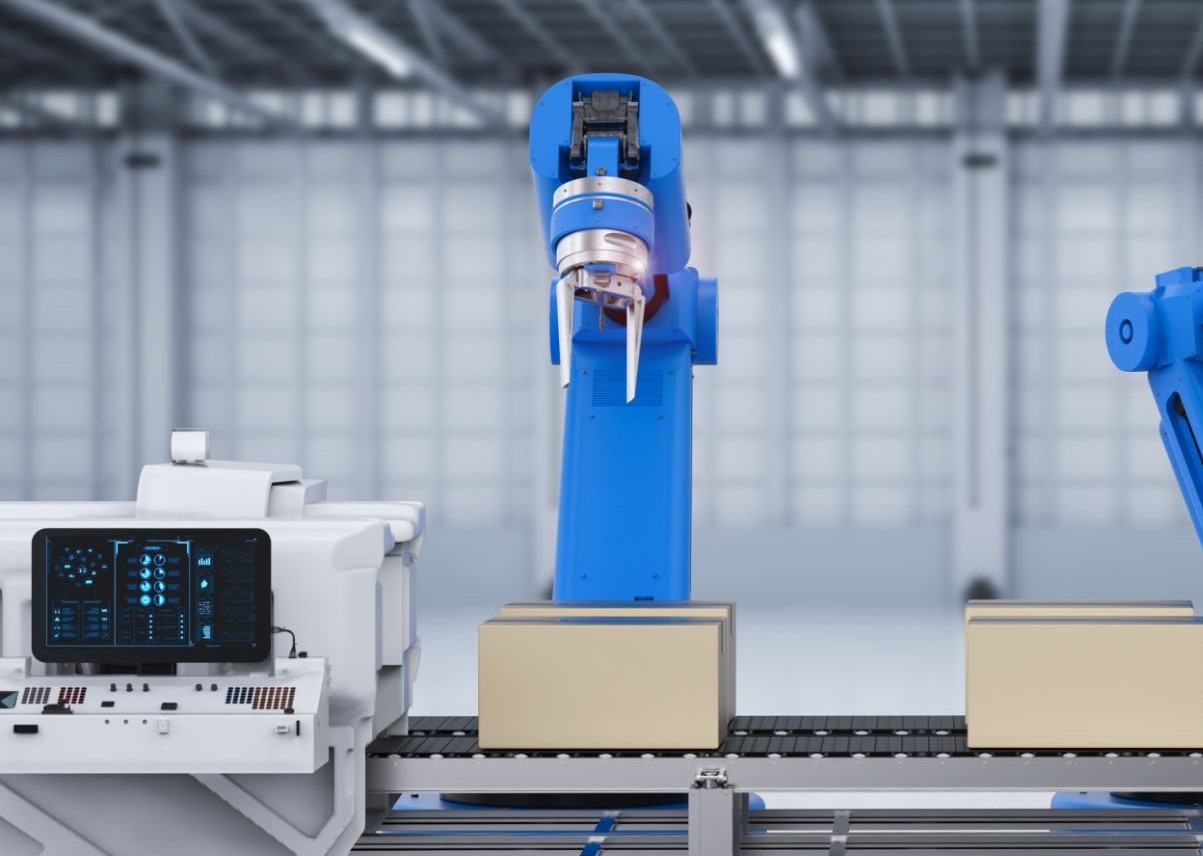
--
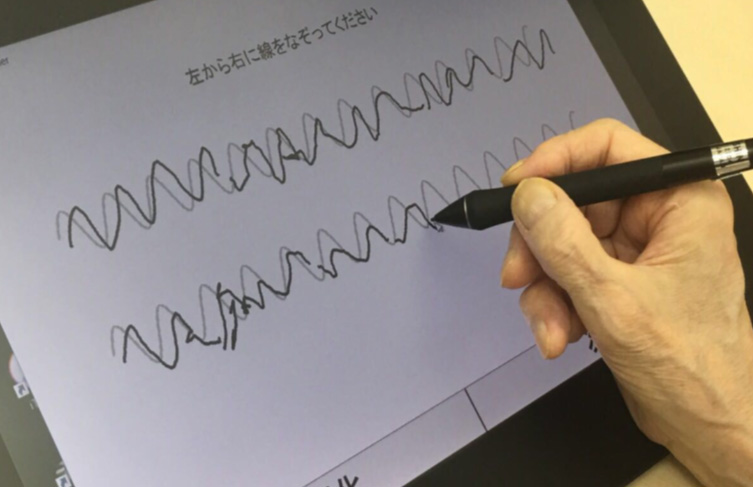
--

--

--
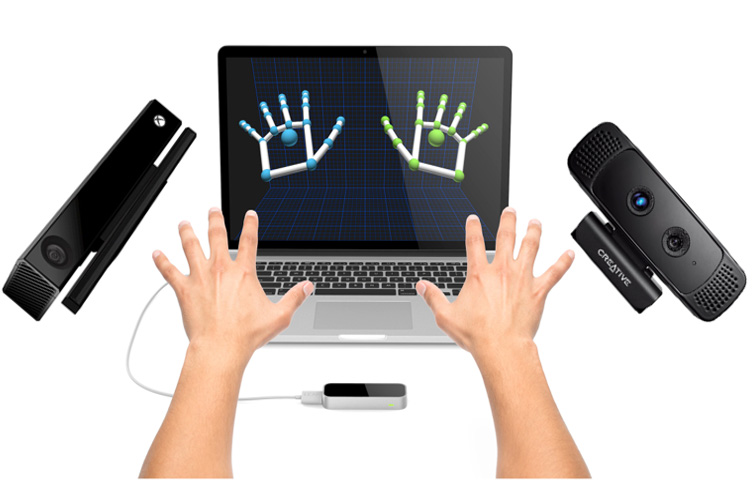
--
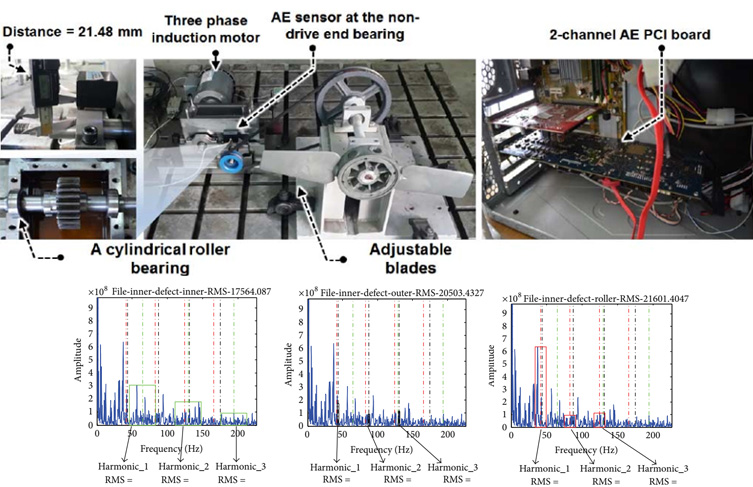
--
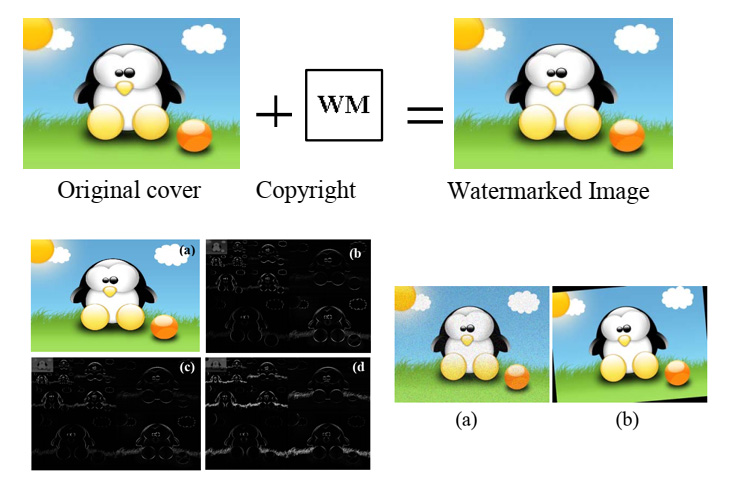
--

--

--
International Journal
International Conference
Domestic Conference
Book/Book Chapters
Book Chapters
Please select type to see specific publications
SCI | Q1 | Impact Factor: 8.2
SCIE | Impact Factor: 3.476
SCI | Q1 | Impact Factor: 5.7
SCIE | Q1 | Impact Factor: 3.8
SCIE | Q2 | Impact Factor: 3.1
SCIE | Q1 | Impact Factor: 3.8
SCIE | Q1 | Impact Factor: 3.4
SCIE | Q1 | Impact Factor: 3.476
SCIE | Q1 | Impact Factor: 3.9
SCIE | Q1 | Impact Factor: 3.476
SCIE | Q2 | Impact Factor: 4.397
SCIE | Q2 | Impact Factor: 3.822
SCI | Q1 | Impact Factor: 3.476
SCIE | Q1 | Impact Factor: 5.079
SCIE | Q1 | Impact Factor: 3.576
SCIE | Q1 | Impact Factor: 6.639
SCIE | Q2 | Impact Factor: 2.679
ESCI | Q2
SCIE | Q1 | Impact Factor: 3.576
SCOPUS
SCIE | Q1 | Impact Factor: 3.27
SCIE | Q2 | Impact Factor: 2.645
SCOPUS
SCIE | Q1 | Impact Factor: 2.1
SCIE | Q2 | Impact Factor: 3.03
ACM
SCIE | Q2 | Impact Factor: 1.415
SCIE | Q1 | Impact Factor: 2.217
SCOPUS
SCIE | Q1 | Impact Factor: 2.217
SCIE | Q2 | Impact Factor: 2.239
SCOPUS
SCI | Impact Factor: 4.832
LNCS
LNCS
LNAI
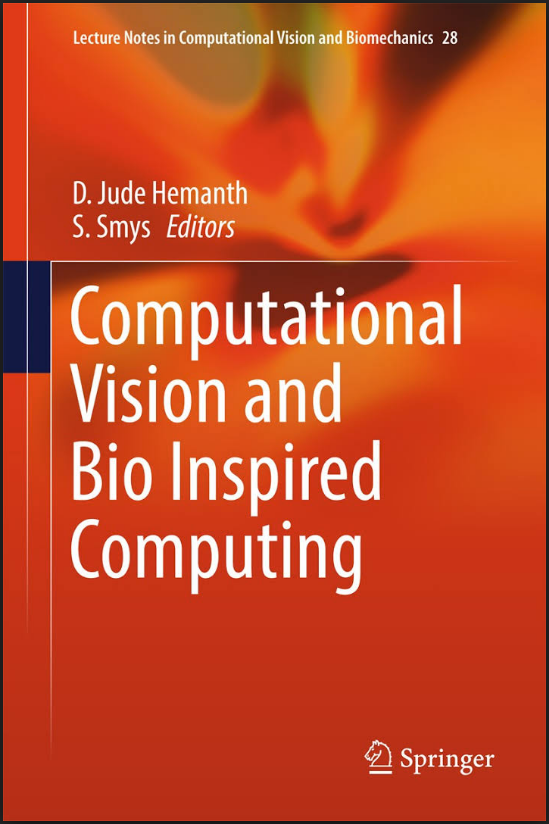
SCIE | Impact Factor: 1.043
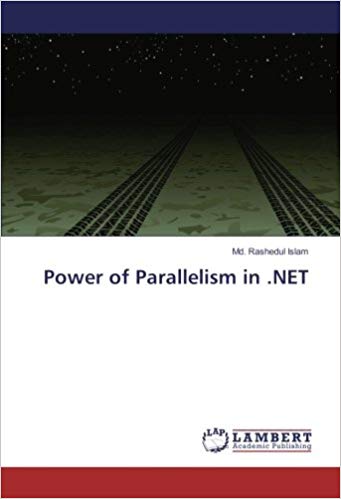
SCIE | Impact Factor: 1.857
Springer - Lecture Notes
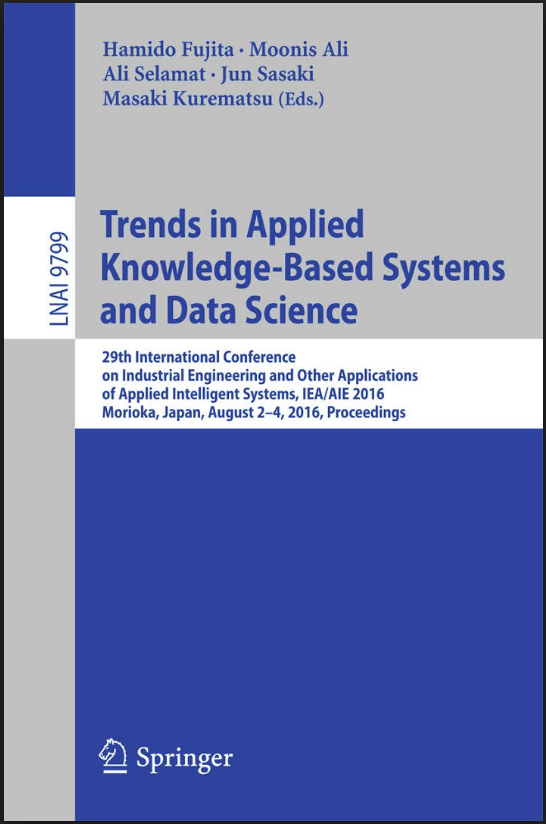
SCI | Impact Factor: 7.05
LNCS
SCOPUS
SCIE | Impact Factor: 2.057
SCOPUS
SCOPUS
SCIE | Impact Factor: 1054
SCIE | Impact Factor: 1.73
SCOPUS
Office Address:
[Hokkaido] 〒001-0021 Sapporo Branch- Office 305, Hokkaido University Business Spring, West 12th Street, kitaku kita 21 jō, Sapporo, Hokkaido, Japan
[Tokyo] 〒103-0007 Tokyo Branch - Office 301, TKM Nihonbashi Tower, 1-10, Nihonbashi Hamacho 2-chome, Chuo-ku, Tokyo, Japan
[Bangladesh] AI SAMURAI JAPAN Limited (Bangladesh subsidiary) - South Breeze Center (9th Floor), Building N.5, Road No.11, Block-G, Banani, Dhaka-1213